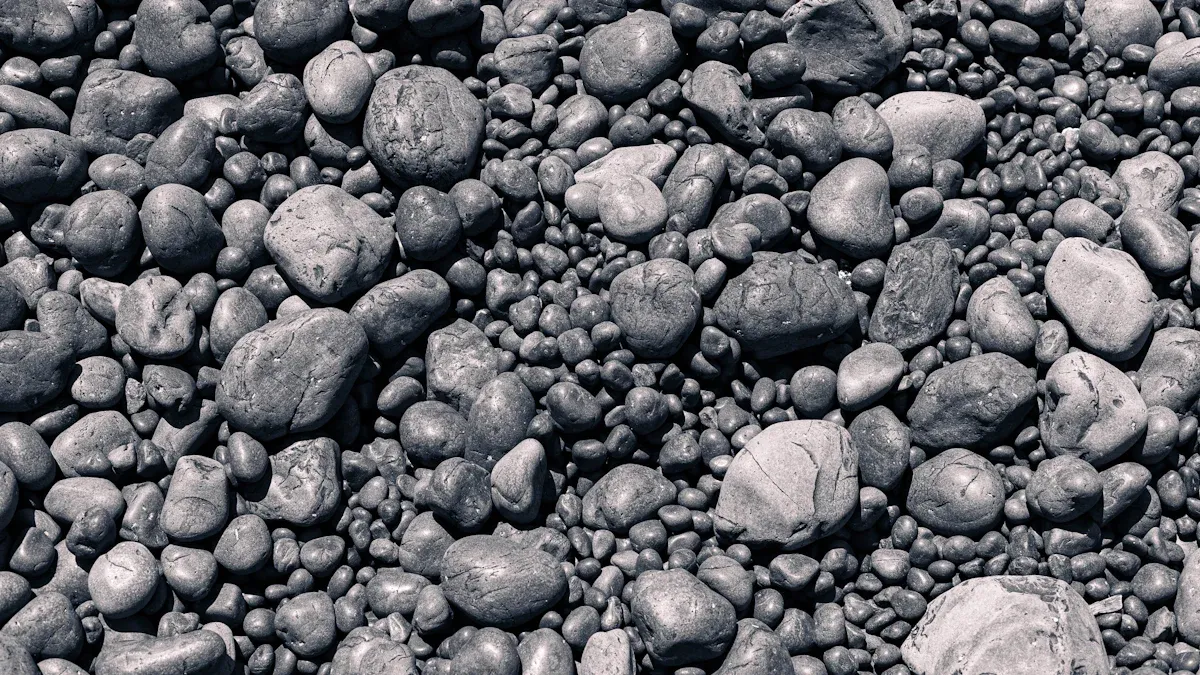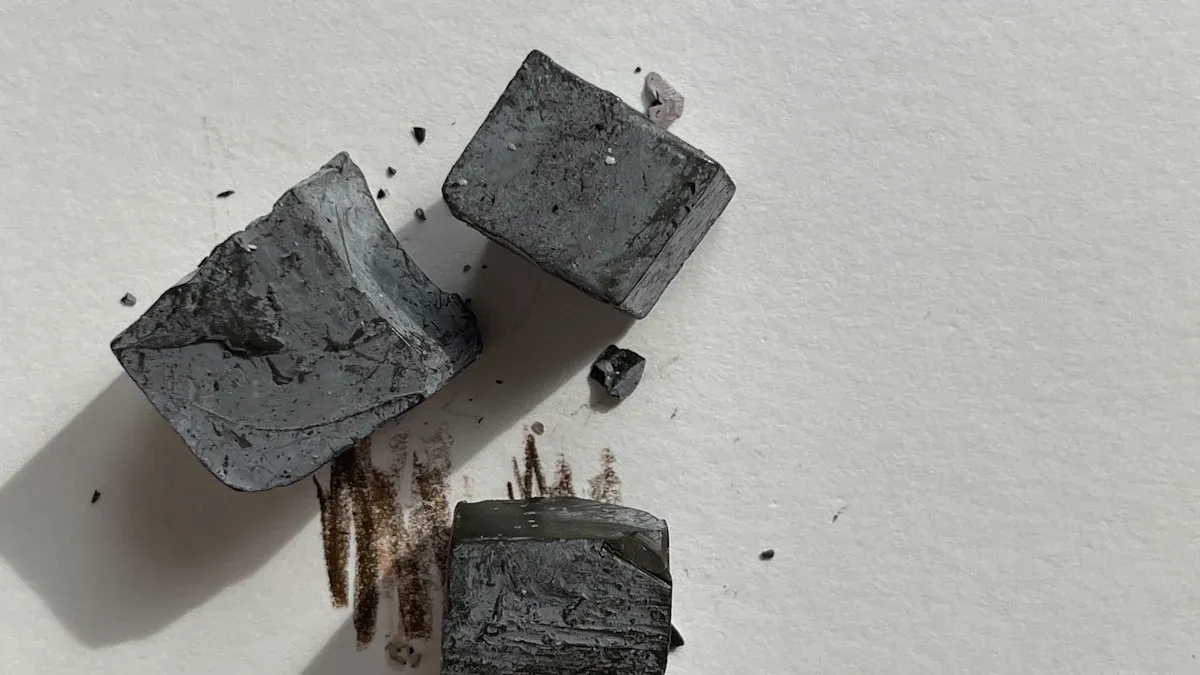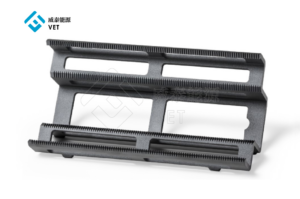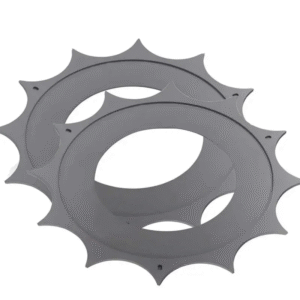High thermal conductivity graphite blocks help metallurgical furnaces transfer heat quickly and evenly. These engineered materials allow furnaces to reach high temperatures while remaining stable. Many operators select a graphite block because it resists wear and handles extreme heat better than traditional materials.
Key Takeaways
- Graphite blocks transfer heat quickly and evenly, helping furnaces reach high temperatures faster and improve product quality.
- These blocks resist thermal shock and chemical damage, reducing cracks, wear, and the need for frequent repairs.
- Choosing the right graphite block grade and size, along with proper installation and maintenance, boosts furnace efficiency and extends its lifespan.
Graphite Block Properties and Furnace Performance

Material Structure and Thermal Conductivity
Graphite blocks have a unique layered structure. Each layer contains carbon atoms arranged in a hexagonal pattern. This structure allows heat to move quickly through the material. The high thermal conductivity of a graphite block helps furnaces reach target temperatures faster. Operators notice that heat spreads evenly, which reduces hot spots and improves product quality.
Tip: Consistent heat transfer can lower energy costs and shorten processing times.
Resistance to Thermal Shock and Chemical Erosion
Metallurgical furnaces often face rapid temperature changes. Many materials crack or break under these conditions. A graphite block resists thermal shock because its structure absorbs stress. This property keeps the block stable during heating and cooling cycles.
Chemical erosion also threatens furnace parts. Molten metals and gases can damage traditional bricks. Graphite blocks resist most chemicals found in metallurgical processes. This resistance means fewer replacements and less downtime.
Role in Enhancing Furnace Efficiency and Lifespan
A graphite block improves furnace efficiency in several ways:
- It transfers heat quickly, so the furnace uses less energy.
- It maintains its shape and strength over time, even in harsh conditions.
- It reduces the need for frequent repairs or replacements.
The long lifespan of a graphite block means operators spend less on maintenance. Reliable performance leads to consistent production and better results.
| Benefit | Impact on Furnace Operation |
|---|---|
| High thermal conductivity | Faster, even heating |
| Thermal shock resistance | Fewer cracks and failures |
| Chemical stability | Longer service life |
Graphite Block Selection and Application in Metallurgical Furnaces

Comparison with Refractory Bricks and Ceramics
Metallurgical furnaces often use refractory bricks or ceramics. These materials provide basic heat resistance. However, they do not match the performance of a graphite block. A graphite block offers higher thermal conductivity and better resistance to thermal shock. Operators see fewer cracks and less wear over time. Ceramics and bricks may break down faster, leading to more frequent repairs.
| Material | Thermal Conductivity | Thermal Shock Resistance | Lifespan |
|---|---|---|---|
| Graphite Block | High | Excellent | Long |
| Refractory Brick | Moderate | Fair | Moderate |
| Ceramic | Low | Poor | Short |
Note: Upgrading to graphite blocks can reduce maintenance costs and improve furnace reliability.
Choosing the Right Graphite Block Grade and Size
Selecting the correct graphite block grade and size is important. Different grades handle different temperatures and chemical exposures. Operators should check the furnace’s operating conditions before choosing. Size also matters. A block that fits well will transfer heat more efficiently and last longer.
- High-purity grades suit environments with aggressive chemicals.
- Dense blocks work best in high-pressure settings.
- Custom sizes ensure a proper fit and better performance.
Installation, Maintenance, and Common Challenges
Proper installation helps a graphite block perform well. Technicians must align blocks carefully and avoid gaps. Regular inspections catch early signs of wear. Cleaning the surface keeps heat transfer efficient. Some challenges include handling heavy blocks and preventing contamination. Training and good tools help solve these issues.
Metallurgical furnaces achieve better heat transfer and longer service life with advanced materials. Operators who select the right block and follow best practices see improved efficiency.
Consider upgrading furnace components to maximize performance and reliability.
FAQ
What makes graphite blocks better than traditional furnace materials?
Graphite blocks transfer heat faster and last longer. They resist cracking and chemical damage. Operators see fewer repairs and better furnace performance.
How often should operators inspect graphite blocks?
Operators should inspect graphite blocks every few months. Early checks help spot wear or damage. Regular maintenance keeps the furnace running safely.
Can graphite blocks handle all types of metals?
Most graphite blocks work with many metals. Some metals may need special grades. Operators should check the block’s compatibility before use.






